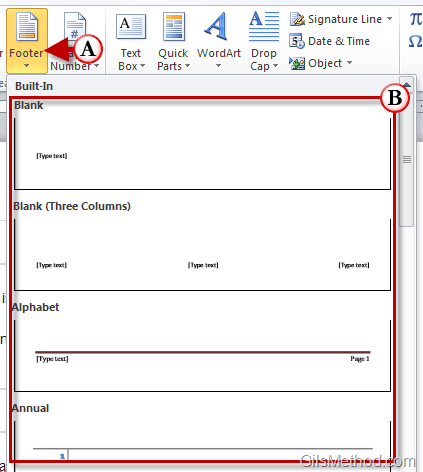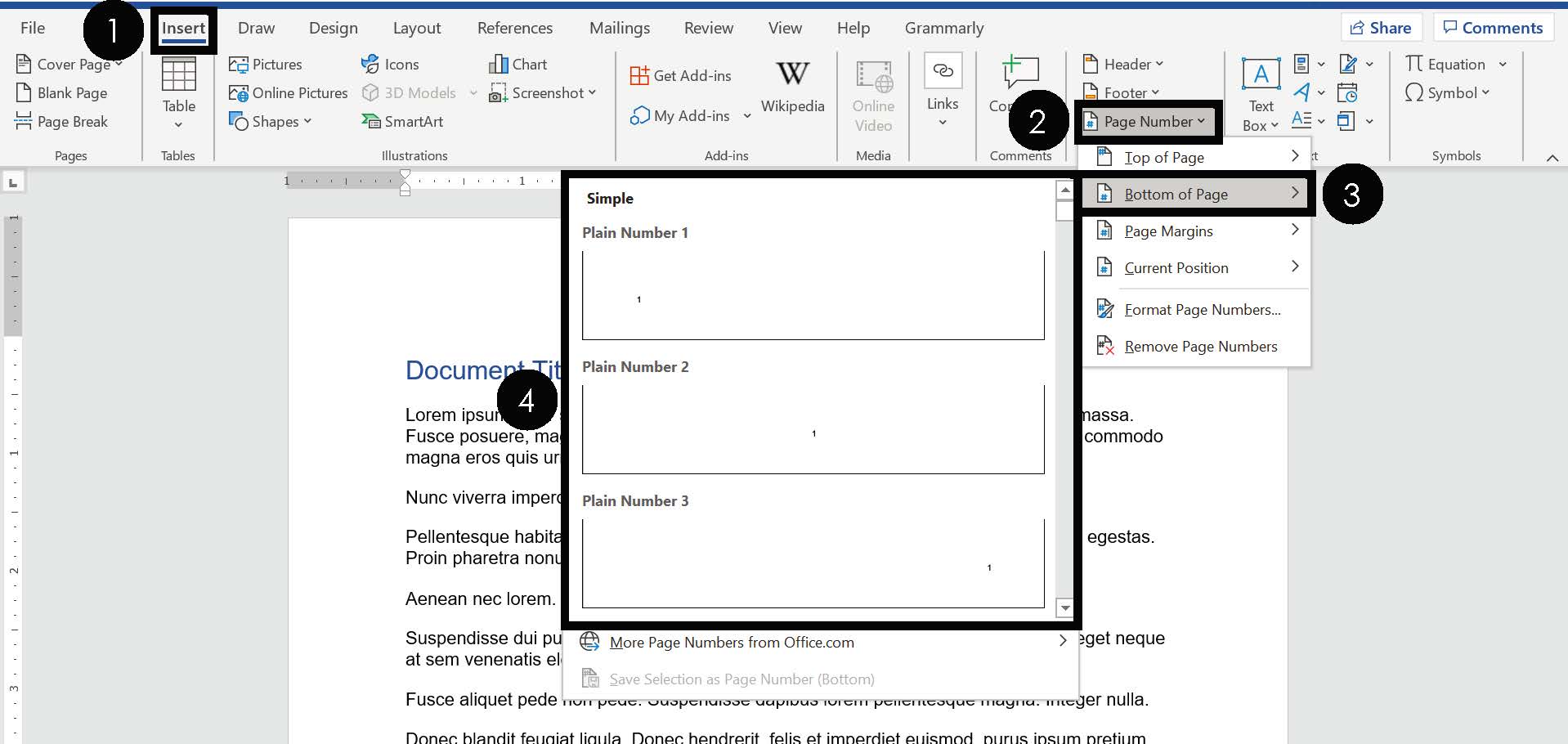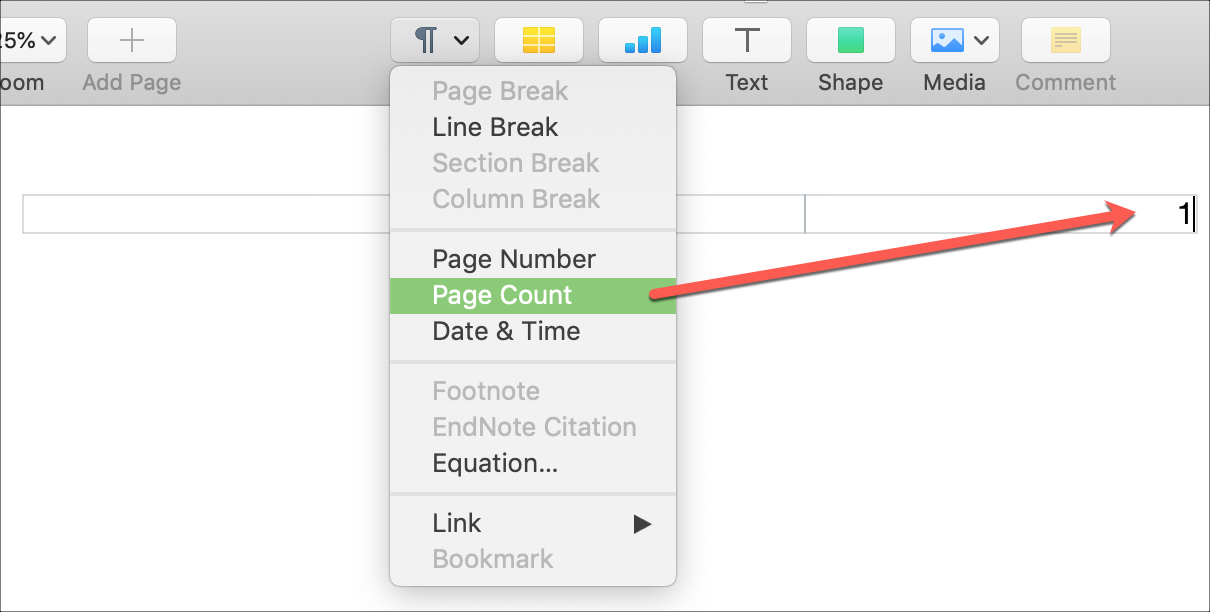

- #How to change header on ms word on mac mac
- #How to change header on ms word on mac windows
Mac Template File Location: /Users/username/Library/Group Containers/UBF8T346G9.Office/User Content/Templates.
Windows Template File Location: My Documents/Custom Office Templates.

The best practice would be to save your template files in common system default areas so they are easy to find later. While there are standard locations for template files on Windows and Mac devices, you can save a template file anywhere you like.
If you save and finish and want to continue to make adjustments later, you can do so by opening the template, making changes, and saving again. The common location for template files is under Custom Office Templates in My Documents, but you can save the template anywhere that makes sense to you. You’ll be prompted to choose a file location for the template. When you are ready to save, you need to select “Save As Template” from the file menu (“Save As,” then select file type “Word Template” on Windows). Design the template using normal design tools, such as font choices, colors, and static elements. You can also set instructions as well to help make the template for user-friendly. Using the Developer tools, set “Rich Text Content Controls” that allow users to insert text or images in certain areas of the template. (It’s not as intimidating as it might appear.) This requires accessing the “Developer” features. Add content controls and customize the main tabs and toolbars. Start with building blocks if you need reusable pieces of content, such as a header or footer. Microsoft has pretty extensive documentation. Note that you can do this on desktop versions of Microsoft Word, but not the web app. When it comes to editing a template and resaving it as a new template, there are a few more steps. When it comes to basic editing, start with an open document. Once you know how Word templates work, you’re ready to edit an existing template or create your own and save it for your team or clients. Edit, save, print, track changes, and more. This is a common practice with company templates such as letterhead, so that the original is not alerted inadvertently.įrom there, you use a Word template just like you would with any other document. If that is the case, you’ll have to use the “Save As” option to save the file and make changes. Note that some Word templates may be set as read-only by your system administrator. There’s no need to insert a template into a Word file because it is already there. On this header/footer, you can repeat the header/footer of the first section.The great thing about Word templates is that as soon as you open the file, it is ready to use. Similarly, enable the header/footer section on the 7 th page and click the Link to Previous icon to disable the linking between current and previous sections.  Now, enter new header/footer content on the 5 th page. From the Header & Footer Tools tab, under the group Navigation, click the Link to Previous icon to de-link the current section from the previous section. The Header & Footer Tools tab is enabled on the Word Ribbon. Now on the 5 th page, enable the header/footer sections by double clicking the top/bottom of the page respectively. From the drop-down list, click Next Page under Section Break. From the Word Ribbon, click the tab Page Layout and then click Breaks under the group Page Setup. To insert a Section Break, do the following: This way, you have divided the document into three sections. Insert Section Breaks at the end of the pages 4 and 7. The separated sections can be applied with unique formatting and styling.įor example, suppose the pages 5 to 7 in your document to have a unique header/footer than the rest of the document. The trick lies in separating the pages which would have unique header/footer from the rest of the document using Section Breaks. Now, if you need to apply unique header & footer to a page or part of a document other than the rest of the document, how will you do that?
Now, enter new header/footer content on the 5 th page. From the Header & Footer Tools tab, under the group Navigation, click the Link to Previous icon to de-link the current section from the previous section. The Header & Footer Tools tab is enabled on the Word Ribbon. Now on the 5 th page, enable the header/footer sections by double clicking the top/bottom of the page respectively. From the drop-down list, click Next Page under Section Break. From the Word Ribbon, click the tab Page Layout and then click Breaks under the group Page Setup. To insert a Section Break, do the following: This way, you have divided the document into three sections. Insert Section Breaks at the end of the pages 4 and 7. The separated sections can be applied with unique formatting and styling.įor example, suppose the pages 5 to 7 in your document to have a unique header/footer than the rest of the document. The trick lies in separating the pages which would have unique header/footer from the rest of the document using Section Breaks. Now, if you need to apply unique header & footer to a page or part of a document other than the rest of the document, how will you do that? 
This is how header/footer supposed to work. Similarly, if you insert header/footer to a page, the same is copied to entire pages of the document. If you remove header/footer from a page of a Word doc, header/footer from the entire document disappears.








 0 kommentar(er)
0 kommentar(er)
